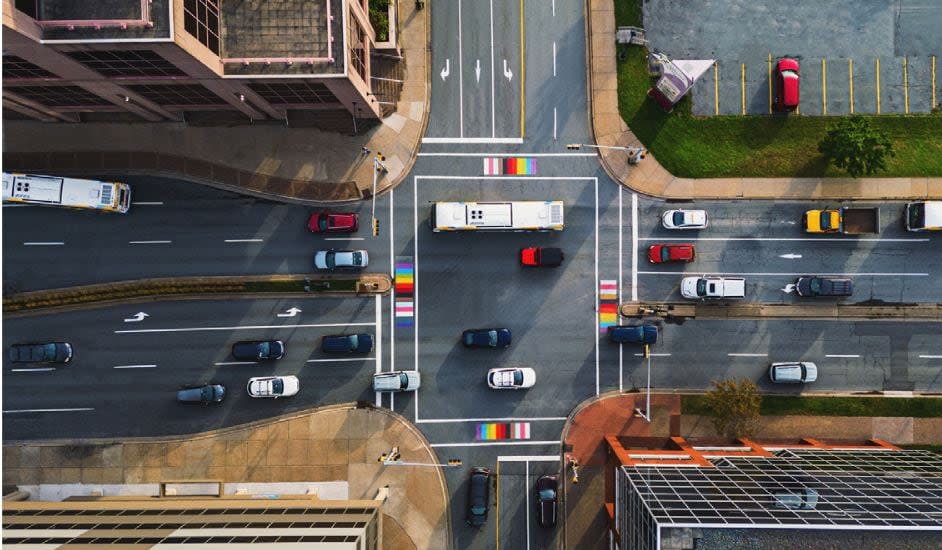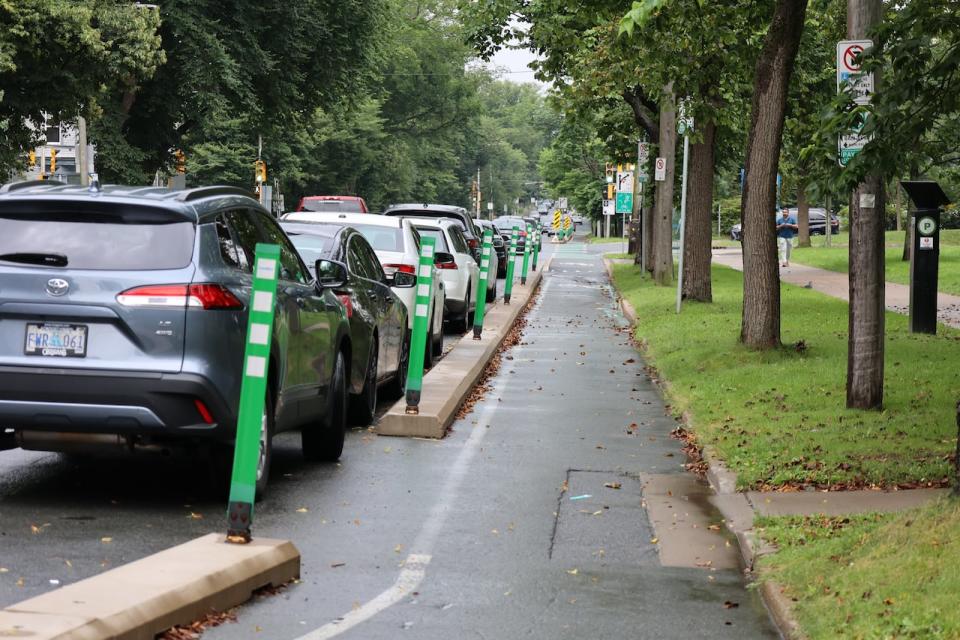New Halifax road safety plan includes better data, targeted projects

Reactions from Halifax councillors to the city's new road safety strategy are largely positive as the municipality moves toward an ambitious goal of zero fatalities and serious injuries on local roads by 2038.
Staff presented the new plan to the city's transportation standing committee Thursday. It replaces the former five-year strategy that recently finished, but this one has no end date.
It's a framework of four key priorities: intersections; vulnerable road users like pedestrians and cyclists; schools; and better data.
Lucas Pitts, director of traffic management, said the municipality is getting better software to track and share more details about collisions. In 2025, the plan is to use that data to map the areas with the highest injuries to prioritize road safety projects.
The plan will make "us a little bit more accountable, a little bit more open about what is happening on our roads," Pitts said during the meeting.
He said progress reports will show absolute numbers as well as the rate of collisions per 100,000 residents to better compare with other cities and be more accurate given Halifax's rapid growth.
Plans to tackle problem intersections coming next month
Councillors Shawn Cleary and Waye Mason said they were happy to see better data tracking and other points in the plan.
Work this year includes installing more high-visibility crosswalks and traffic-calming measures. A report is coming in May on how to improve the top 10 intersections with the most collisions — and what that will cost.
"That's real, hard, solid. Something to sink your teeth into, as opposed to just high-level, arbitrary things," said Coun. Trish Purdy.
But Peter Zimmer, a board member with the Halifax Cycling Coalition and member of Halifax's road safety stakeholder committee, said the plan is too car-centric.
He would have liked to see data on how long pedestrians take to get across crosswalks, how bikes interact with cars, and keeping children safe when they're playing near roads.

A bike lane is shown on South Park Street in downtown Halifax. Protected bike lanes will continue to be part of the city's road safety plan. (Paul Poirier/CBC)
Zimmer said everyone would be safer if speed limits were lowered, and photo radar led to more tickets. It would also save money in police time, he said.
The Halifax municipality has asked the province to change legislation to allow photo radar, but that hasn't happened yet.
"Get off your butts and do it, and don't do it as a pilot project — do it as a provincewide option," Zimmer said after the meeting.
Halifax staff said 80 per cent of local collisions are between vehicles, so addressing those is key to hitting zero by 2038.
The committee delayed a decision on the plan until its next meeting to give stakeholders and the active transportation committee a chance to weigh in on the strategy.
MORE TOP STORIES

